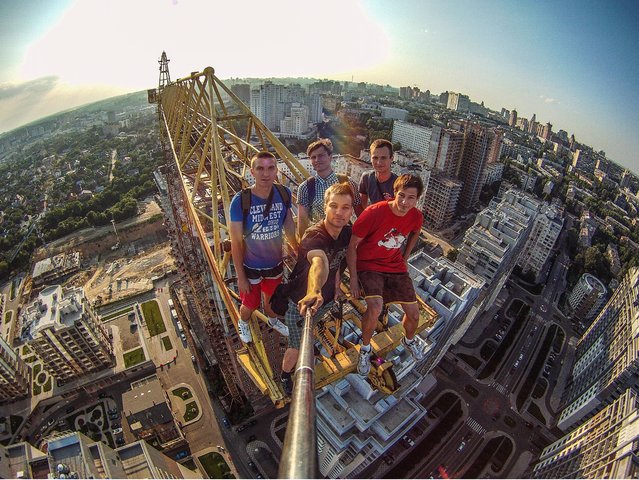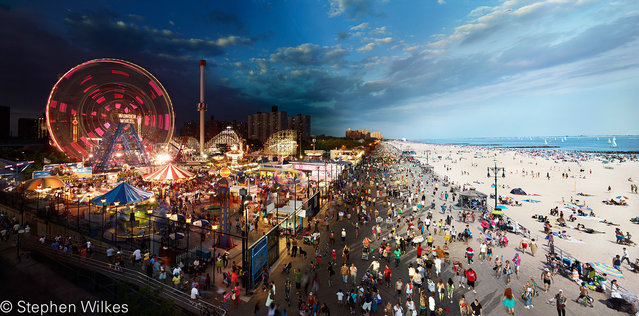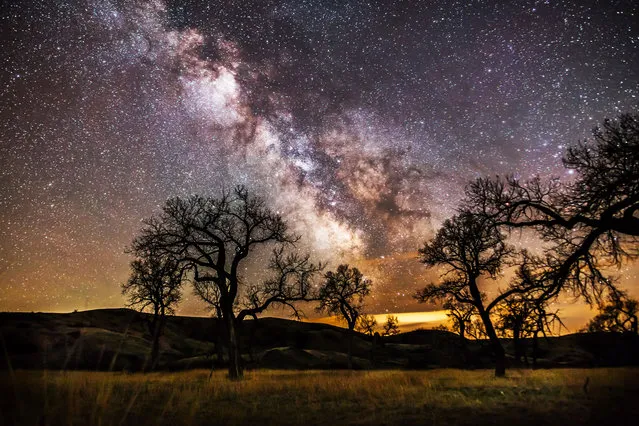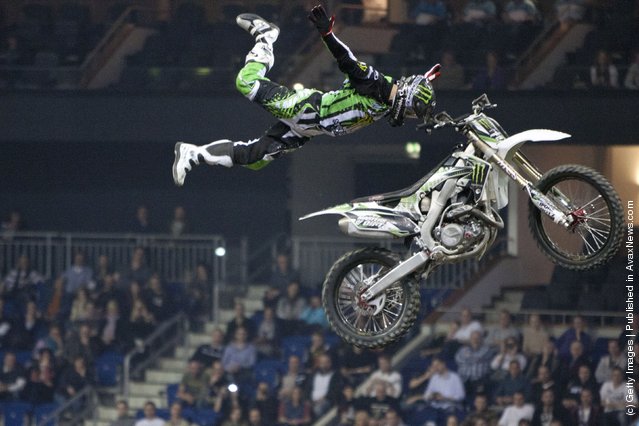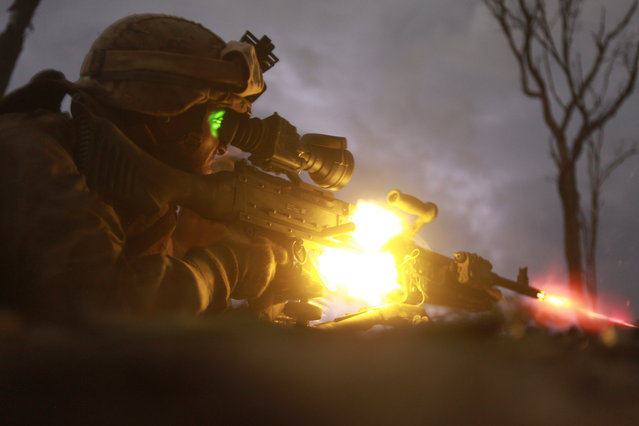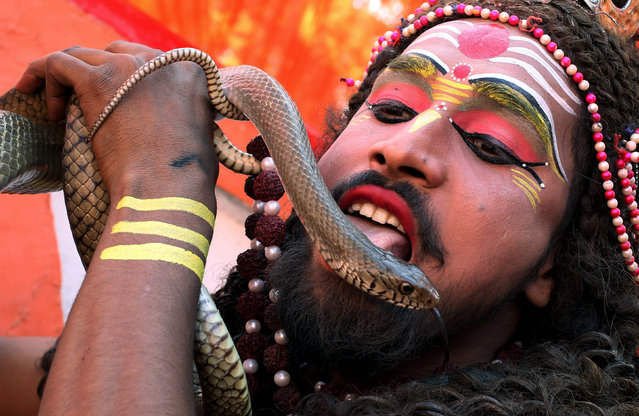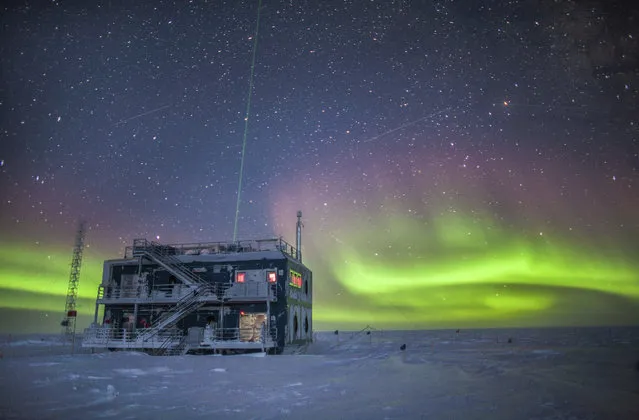
Beekeeper and Chairman of The London Beekeepers Association John Chapple installs a new bee hive on an urban rooftop garden in Hackney on July 1, 2009 in London, England. (Photo by Dan Kitwood/Getty Images)
28 May 2011 08:21:00,post received
0 comments

